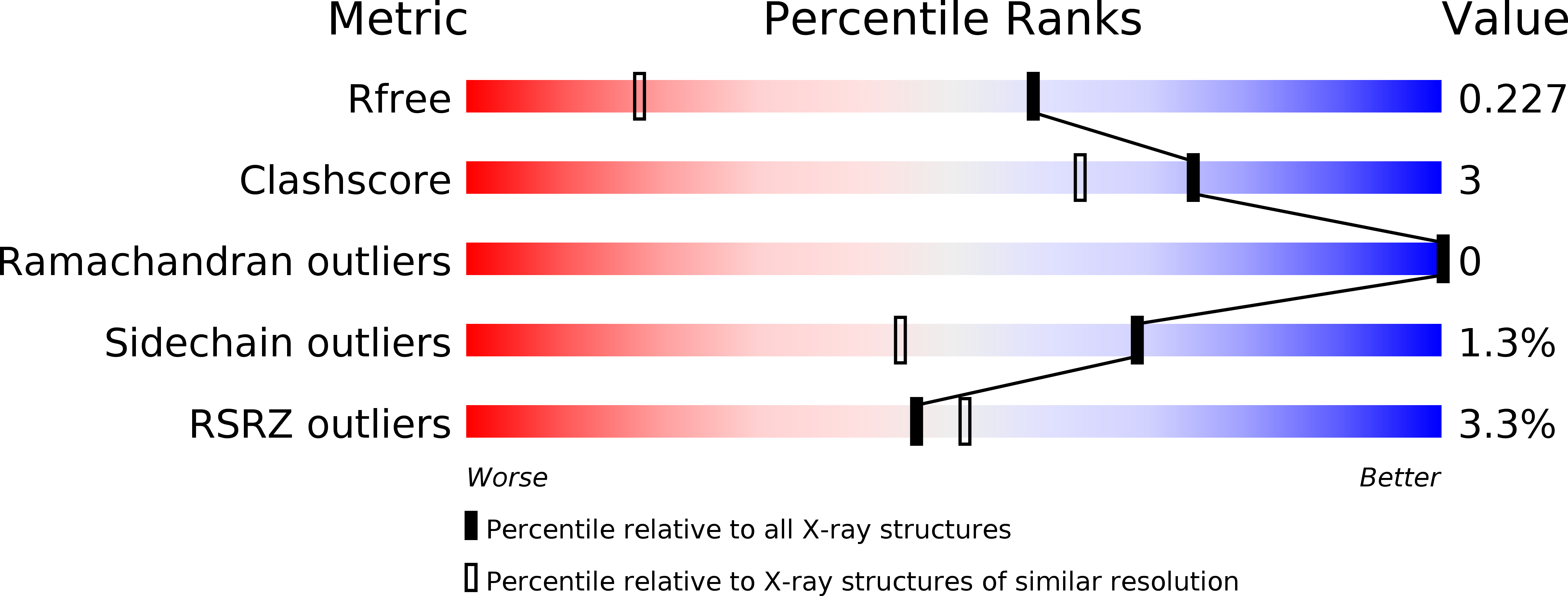
Deposition Date
2007-01-03
Release Date
2007-05-15
Last Version Date
2023-12-27
Entry Detail
PDB ID:
2OFK
Keywords:
Title:
Crystal Structure of 3-methyladenine DNA glycosylase I (TAG)
Biological Source:
Source Organism:
Salmonella typhi (Taxon ID: 601)
Host Organism:
Method Details:
Experimental Method:
Resolution:
1.50 Å
R-Value Free:
0.19
R-Value Work:
0.16
R-Value Observed:
0.16
Space Group:
P 1 21 1


